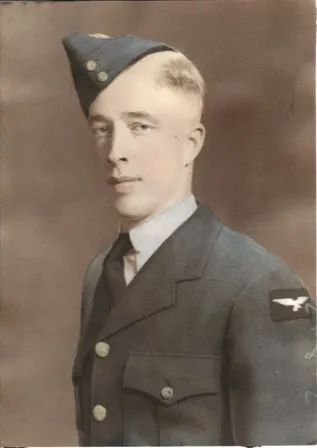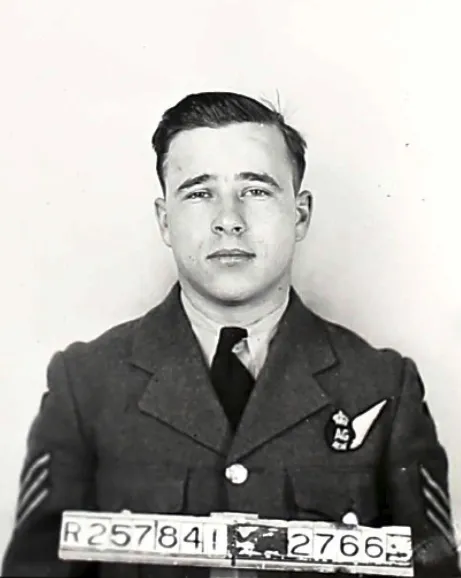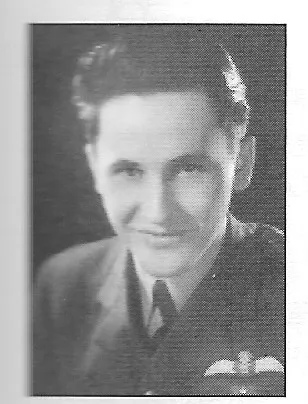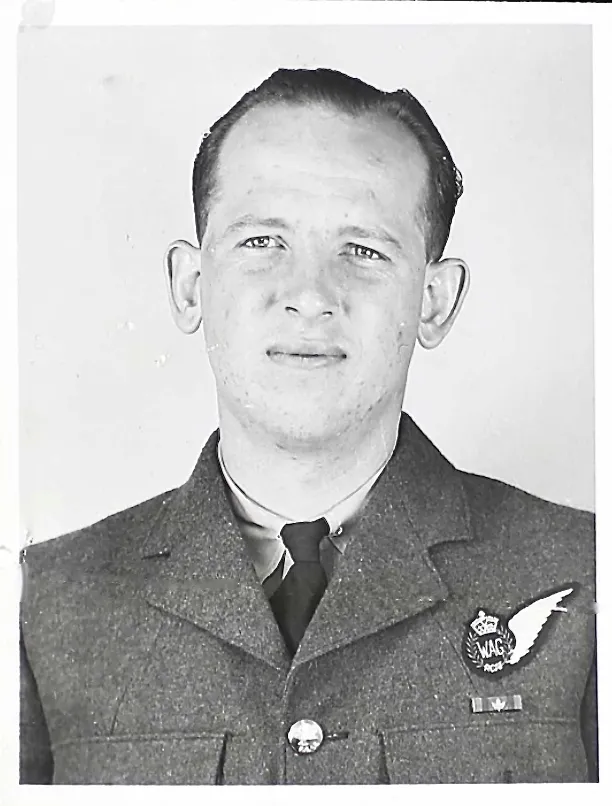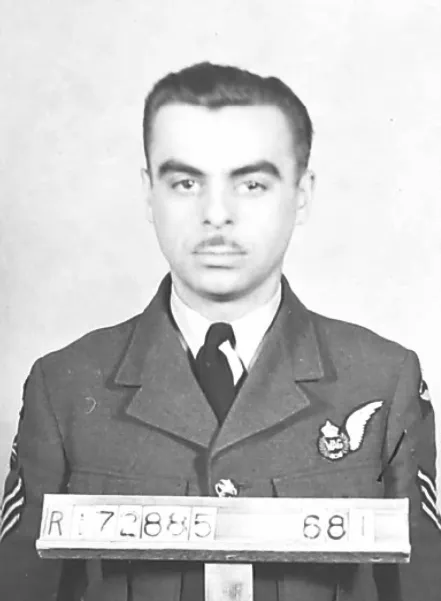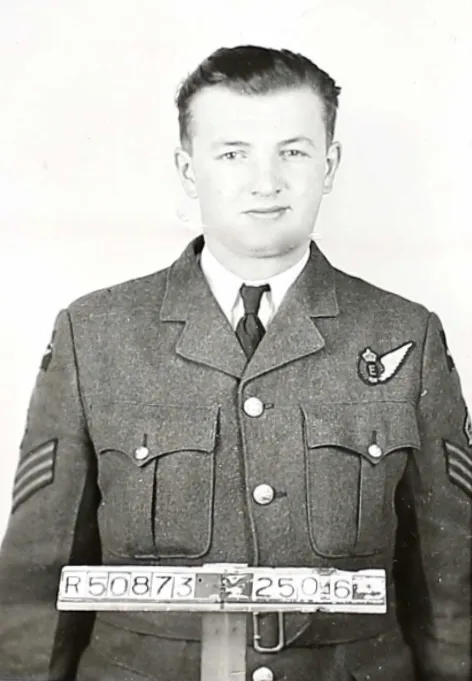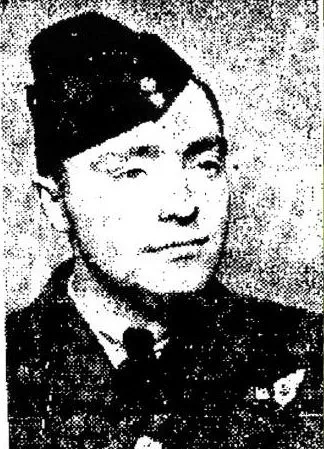Aircraft developed engine trouble soon after takeoff from Moray Firth and crashed and burned on the railway tracks 2 miles NE of Invergordon, Scotland, killing all on board.
Killed includes Cosgrove: Sergeant Donald Charles Beattie RCAF R/257841 KIFA Stonefall Cemetery Harrowgate, Yorkshire Sec. C. Row C. Grave 12. F/Lt William Fedoruk RCAF J/43270 KIFA Stonefall Cemetery Sec. G. Row C. Coll. grave 8. Sergeant Milton Lynn Hill RCAF R/197558 KIFA Stonefall Cemetery Sec. G. Row C. Grave 6. Flying Officer Garth Borland Johnson RCAF J/27083 pilot KIFA Stonefall Cemetery Sec. G. Row C. Coll. grave 8. F/Lt John Alfred Johnson RCAF J/6940 pilot KIFA Stonefall Cemetery Sec. G. Row C. Grave 2. Flying Officer Charles Marland Kendall RCAF J/38581 KIFA Stonefall Cemetery Sec. G. Row C. Grave 4. Warrant Officer Class 1 Clare Kinton RCAF R/83542 KIFA Stonefall Cemetery Sec. G. Row C. Grave 10. Warrant Officer Class 2 Frederick John Peters RCAF R/172885 KIA Stonefall Cemetery Sec. G. Row C. Grave 5. WO1James Edward Porret RCAF R/50873 KIFA Stonefall Cemetery Sec. G. Row C. Coll. grave 8. Flying Officer John Hodgson Shand RCAF J/18733 KIFA Stonefall Cemetery Sec. G. Row C. Grave 3.
